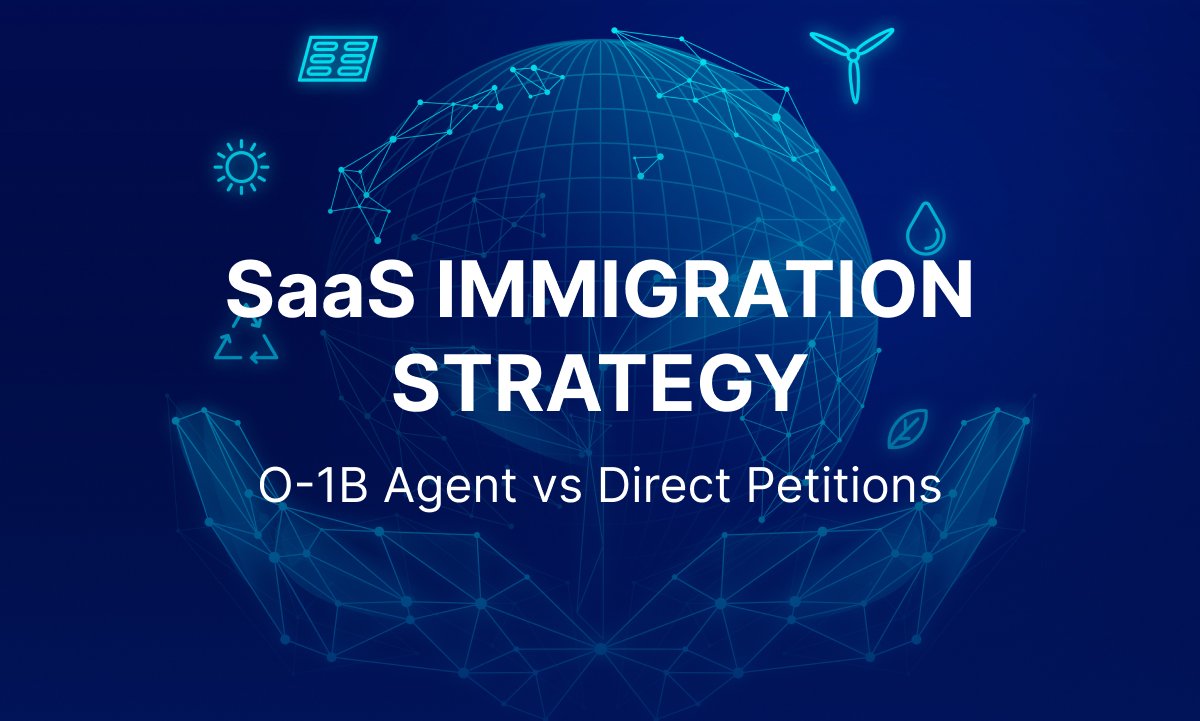As a software engineer, data scientist, ML researcher, or technical architect contracting with companies abroad, you’re not just selling your time – you’re licensing your expertise, your problem-solving capabilities, and potentially your intellectual property. The global demand for specialized technical talent has created unprecedented opportunities, but also unique challenges that standard contract templates weren’t designed to address.
This guide, written specifically for high-skilled technical practitioners, breaks down the critical contract provisions you need when your codebase crosses borders.
Tax Optimization and Compliance: Beyond the Basics
Most developers understand basic tax filing requirements, but international contracts introduce several layers of complexity:
Repository of Tax Documentation
typescript
interface TaxDocumentation {
formW8BEN: boolean; // Individual contractors
formW8BENE?: boolean; // If you've formed an LLC/Corp
workLocationTracking: { // Critical for source determination
trackingMethod: "IP" | "explicit" | "attestation";
retentionPeriod: number; // In months
};
taxTreatyApplication?: {
countryCode: string;
articleNumbers: number[];
reductionRate: number;
};
}Your contract should specify not just which tax forms are required, but also:
- Withholding prevention mechanism: Explicit language preventing the 30% default withholding that applies without proper documentation
- Treaty benefit invocation: Many countries have tax treaties with the US that can reduce or eliminate withholding – your contract should reference the specific applicable treaty articles
- Work location attestation protocol: Define how you’ll document where work is performed (important since US-performed work is US-sourced income with different tax implications)
Developer-Specific Tax Responsibility Clauses
WHEREAS Developer performs services exclusively within the United States;
WHEREAS Client is a foreign entity with no permanent establishment in the United States;
THE PARTIES AGREE:
1. Developer shall be solely responsible for all US federal, state and local income taxes.
2. Client shall not withhold any US taxes provided Developer maintains valid W-8BEN certification.
3. Client acknowledges that payments constitute foreign-sourced income in Client's jurisdiction.Intellectual Property: Source Code Sovereignty
For technical practitioners, IP clauses require exceptional precision:
1. Granular IP Assignment Architecture
Standard templates often include blanket IP assignment statements. Instead, your contract should implement a microservices-like approach to IP assignment:
- Repository-level ownership designation: Specify which repositories/projects are work-for-hire vs. which maintain your ownership
- Component-based assignment: Differentiate between custom code written specifically for the client (assigned) and reusable libraries/frameworks you’ve developed (licensed)
- Attribution requirements: If your code will appear in client products, specify attribution requirements
2. Dependency and Toolchain Clarification
Pre-Existing IP:
- Developer's utility library [REPO_URL]
- Developer's testing framework [REPO_URL]
- Any modifications to open-source dependencies
Client acknowledges that Developer's Pre-Existing IP is licensed, not assigned,
under the following terms: non-exclusive, perpetual license for use within
the Designated Project only, with no right to sublicense or distribute independently.This protects your ability to reuse your tooling, utilities, and frameworks across projects.
3. Open Source Compatibility
If you’ll be contributing to open source projects as part of your work:
- Specify which open source licenses are acceptable
- Define contribution approval processes
- Address attribution and copyright notices for public contributions
- Clarify if client can veto certain types of open source contributions
Technical Confidentiality Provisions
General confidentiality clauses rarely address the specific concerns of technical practitioners:
1. Repository Access Governance
Developer agrees to:
1. Maintain Client codebase in private repositories
2. Implement branch protection rules requiring [X] approvals
3. Enable 2FA for all repository access
4. Not deploy production code to public cloud instances without written approval
5. Encrypt all local development environments containing Client code2. Algorithm and Architecture Confidentiality
Beyond code, specify:
- Confidentiality of system architecture decisions
- Protection of algorithm design and implementation details
- Restrictions on publishing technical details in blogs, conference presentations, or papers
- Requirements for anonymizing case studies
Payment Terms Optimized for Technical Contractors
1. Milestone-Based Payment Architecture
Instead of simple hourly billing, consider:
Payment Schedule:
1. Repository setup and initial architecture: 20%
2. Core functionality implementation: 30%
3. Testing and CI/CD implementation: 20%
4. Production deployment support: 20%
5. Knowledge transfer and documentation: 10%
Payment for each milestone shall be released upon pull request approval and
successful build of the associated components in the staging environment.2. Currency and Exchange Rate Handling
All payments shall be denominated in USD and transmitted via [PAYMENT_METHOD].
Exchange rate risk shall be borne by Client.
Developer shall not accept payments through platforms that:
1. Apply their own exchange rates
2. Charge conversion fees exceeding 1%
3. Hold funds for periods exceeding 24 hours3. API-Based Payment Methods
Specify modern, developer-friendly payment methods:
- Direct bank transfers via APIs like Wise, Revolut, or Stripe
- Cryptocurrency options if relevant (with clear conversion timing specifications)
- Requirements for transaction tracking and confirmation methodology
Termination API and Exception Handling
1. Graceful Shutdown Protocols
Upon termination:
1. Developer shall commit all in-progress work within 24 hours
2. Developer shall conduct a knowledge transfer session not exceeding 4 hours
3. Developer shall provide documentation for all incomplete components
4. Client shall make final payment for all completed milestones and pro-rated
payment for incomplete milestones based on commit history2. Code Escrow and Repository Transition
Define how source code will be transitioned:
- Final commit requirements
- Repository transfer protocols
- Credential deprovisioning process
- Licensing status of partial work
Governing Law and Dispute Resolution for Technical Contracts
Standard legal jurisdiction clauses often fail to account for technical complexities:
1. Code-Specific Dispute Resolution
In the event of disputes regarding code quality or functionality:
1. Parties shall first engage in a documented code review session
2. If unresolved, parties shall jointly select a neutral third-party technical expert
3. The technical expert shall evaluate code against industry standards and the specifications
outlined in Exhibit A
4. The technical expert's determination shall be binding for technical matters but
not for legal claims2. Jurisdiction and Venue Selection
For US-based technical contractors, aim for:
- US governing law (ideally your state)
- Arbitration provisions specifying technical knowledge requirements for arbitrators
- Virtual dispute resolution options to avoid international travel
Authority Limitation and API Access Boundaries
Developer explicitly lacks authority to:
1. Enter into agreements with third-party service providers on Client's behalf
2. Commit Client to any API usage fees or service subscriptions
3. Represent Client at technical conferences or forums
4. Make architectural decisions exceeding the scope outlined in Exhibit BSecurity and Compliance Requirements
Given the increasing regulatory environment, address:
- Specific security protocols required (e.g., OWASP standards)
- Data protection measures (GDPR, CCPA compliance)
- Code scanning and vulnerability assessment responsibilities
- Audit trail requirements
Conclusion: Engineering Your Contract Like Your Code
Just as you wouldn’t deploy code without proper error handling, input validation, and security testing, your contracts should be engineered with the same rigor and attention to edge cases.
By implementing the provisions outlined above, you create a contract architecture that protects your intellectual sovereignty, optimizes your tax position, and clearly defines the boundaries of your professional relationship – allowing you to focus on what you do best: building exceptional technology.
Remember that while this guide provides a robust framework, consulting with legal and tax professionals who understand the unique needs of technical practitioners is always recommended before deploying any contract to production.
This article is provided for informational purposes only and does not constitute legal or tax advice. Every developer’s situation is unique and requires personalized professional guidance.






